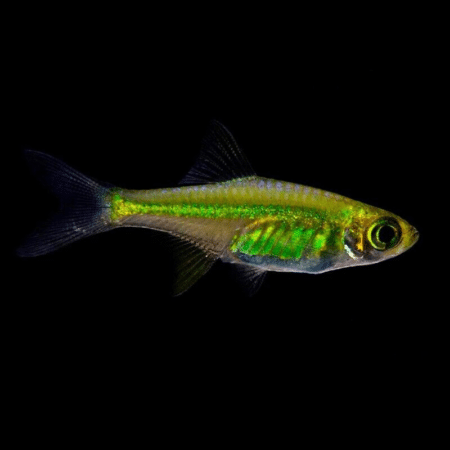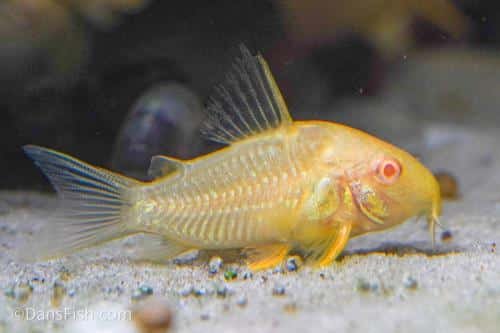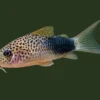To provide the best experiences, we use technologies like cookies to store and/or access device information. Consenting to these technologies will allow us to process data such as browsing behaviour or unique IDs on this site. Not consenting or withdrawing consent, may adversely affect certain features and functions.
The technical storage or access is strictly necessary for the legitimate purpose of enabling the use of a specific service explicitly requested by the subscriber or user, or for the sole purpose of carrying out the transmission of a communication over an electronic communications network.
The technical storage or access is necessary for the legitimate purpose of storing preferences that are not requested by the subscriber or user.
The technical storage or access that is used exclusively for statistical purposes.
The technical storage or access that is used exclusively for anonymous statistical purposes. Without a subpoena, voluntary compliance on the part of your Internet Service Provider, or additional records from a third party, information stored or retrieved for this purpose alone cannot usually be used to identify you.
The technical storage or access is required to create user profiles to send advertising, or to track the user on a website or across several websites for similar marketing purposes.
















Emily Carter (verified owner) –
I’ve been an aquarium enthusiast for over five years, and I couldn’t be happier with my recent addition of Corydoras sterbai Albino. These little guys are not just beautiful with their pale spots, but they have such calm personalities that they fit right into my tropical fish community. I placed them in my 55-gallon tank two months ago, and they have thrived beautifully! They love to forage around the substrate, helping to keep it clean while providing great entertainment to watch. Compared to my previous bottom feeders, they are much more social and interact well with my other fish, making my aquarium feel more lively. The shipping was prompt, and they arrived in excellent condition, which is always a relief. If you’re considering adding peaceful pet fish to your tank, I highly recommend these Corydoras. They bring a lovely dynamic to the aquarium and are perfect for both beginners and experienced hobbyists. Just a small note: they do appreciate plenty of hiding spots, so be sure to provide that for their comfort! Overall, this species is a gem for any tropical fish lover.
Emily Thompson (verified owner) –
I cannot express how delighted I am with my new Corydoras sterbai Albino! After introducing these lovely bottom feeders to my 75-gallon community tank about two months ago, they have quickly become my favorite aquatic companions. Their pale, spotted bodies add a stunning contrast to the lush greens of my plants, and they are just so playful! Watching them sift through the substrate for food is a joy.
I originally considered standard Corydoras, but the Albino variant’s bright coloration made a noticeable difference in my aquarium’s vibrancy. They are incredibly peaceful and get along beautifully with my tetras and guppies. As a caring fish parent, I appreciate that they help keep the tank clean by eating leftover food. Just be sure to provide hiding spots and soft substrate to keep them happy.
In terms of shipping, these little guys arrived in perfect health, packed with care. I highly recommend these Corydoras fish to anyone looking to enhance their aquarium ecosystem. Just a tip – be patient when acclimating them; they thrive best in stable conditions. I’m already planning to add a few more!